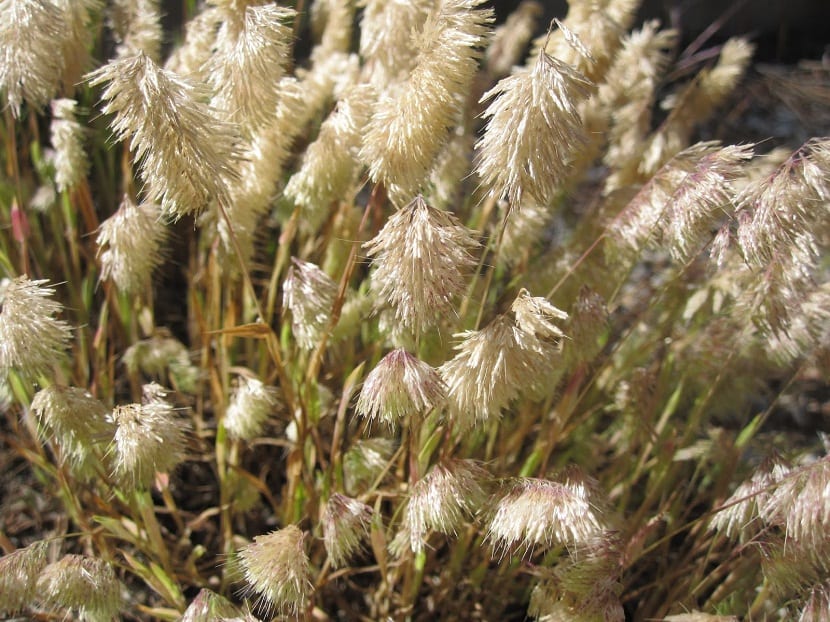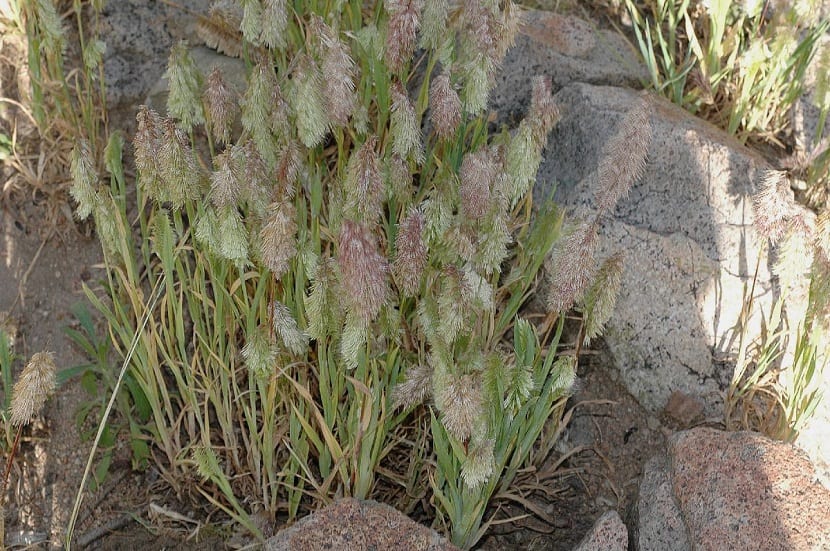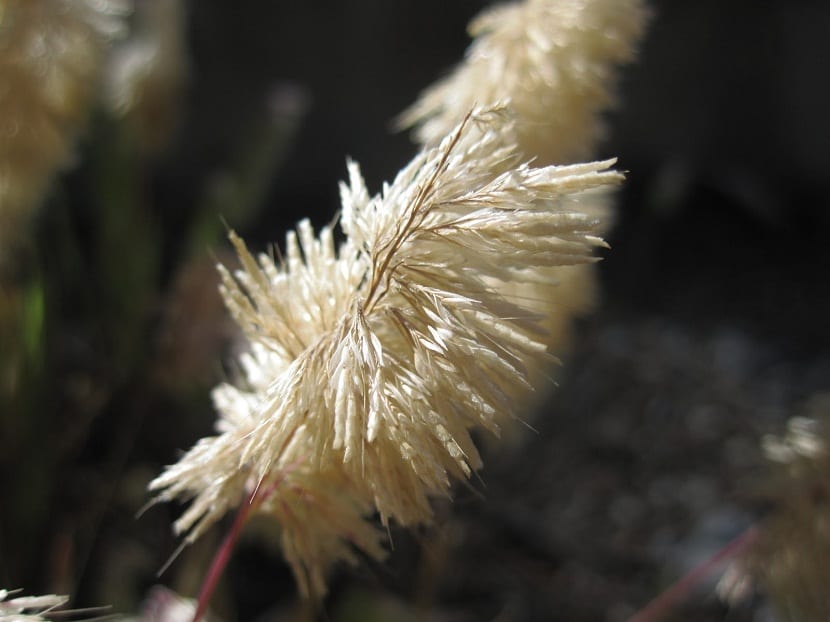
La lamarckia aurea It belongs to the regional flora, offering the visitor a soft vision of golden spikes emerging from the stones. The Mediterranean area shows an incredible beauty that is often appreciated by the contrast of its landscape.
This plant, which in many cases can be considered simply a weed, contains in itself all the beauty and attractiveness that spikes have always had. They invite you to feel its softness totally opposite to the rough and arid terrain that surrounds it., being an invaluable resource for landscaping and decoration in gardening.
From

La lamarckia aurea It is a plant of the monotypic genus of herbaceous plants of the Poaceae family. This plant belongs to the only species so far known and it is native to the shores of the Mediterranean Sea to Pakistan. It owes its name to the French zoologist and botanist Jean Baptiste de Lamarck, naming it in his honor.
The epithet aurea is due to the golden hue of the ears in one of their stages of development. The common names by which this herb is known are brushes, golden grass, brushes, lamb's tail, rasposos or scrapes, and golden grass. Despite being native to the Mediterranean area, it is spreading with a good level of acceptance in other areas of the world, with soils suitable for accepting the humble golden ear which has become an interesting element of landscaping.
Cultivation, uses and care
This plant is very widespread in the Iberian Peninsula, the Balearic Islands and the Eurasian zone. Easily born in rocky places with a limestone tendency and is that due to its wild nature it is resistant to stony and hostile terrain, so it does not have any difficulty in its development. It is born from the seed that it produces and has in abundance and does not need much care, which is why it is very common to find it in arid areas.
It is not a plant that requires abundant water, so no need to water regularly, in factIt supports drought very well, although on the other hand it is not resistant to cold climates by its very nature. In addition, it does not contract pests or fungi easily. If it is to be planted in spring there is no problem in sowing the seeds directly in the field selected. If they are sown in winter, it must be done in nurseries to prevent them from dying.
The use that is given to this plant is limited. It is often used as food for herds of goats or sheep. In modern gardening and landscaping it has been given an interesting function for softening the hard stone landscapes with the beautiful appearance of its spikes.
This makes it very useful to recreate natural environments in private gardens and tourist hotels. Currently it is also very widespread in the United States where it is relatively easy to find it from Texas to California. This plant is very popular in areas with arid terrain, offering an autochthonous and harmonious appearance of the landscape. Undoubtedly, it beautifies landscapes in which hardly any vegetation grows, which is why it is highly appreciated.

Descriptive characteristics of Lamarckia aurea
This is one annual herb with membranous ligule and green leaves and long from two to six cm long. The leaf is soft to the touch and has a pale green color. It has a variety of somewhat swollen pods with free margins. The flowers or inflorescences are very showy, since they appear as a unilateral dense panicle with small long spikes in groups of three or five, laterally compressed and that reach their splendor between April and May.
The plant has several distal and obovate with a fertile superior, a hermaphrodite and a sterile flower. The fertile has a membranous motto with nerves and edges. It has a glabrous ovary and the fruit is oblong. and the height of the grass is not greater than 20 cm and the flowers are very dense in appearance, even sprouting from rocks and stunted and eroded soils. The color of the flower goes through green and gold until it reaches violet tones.